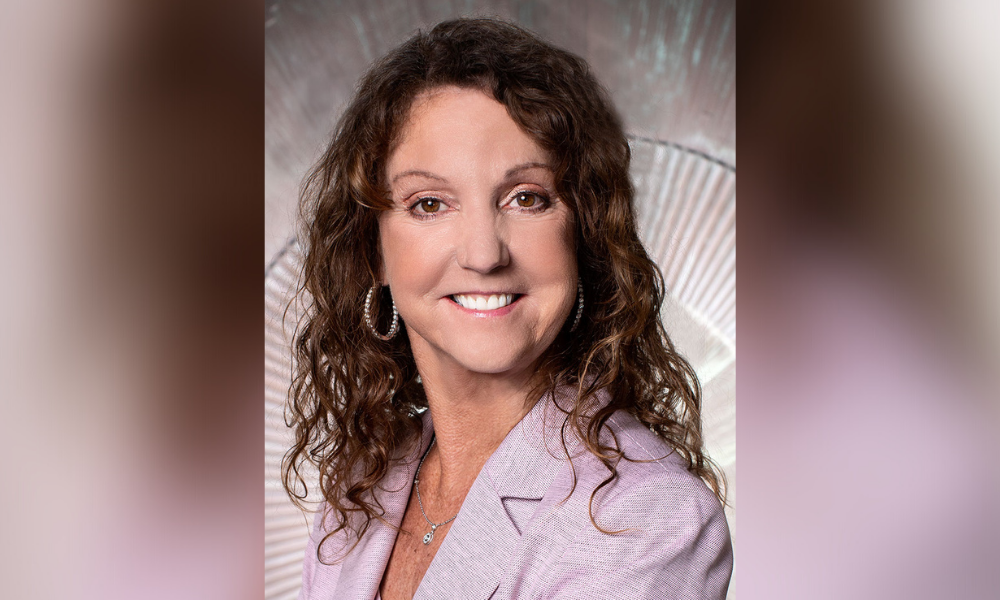How to enhance the customer experience when natural disasters come knocking on the door

For Jane Mason (pictured), the founder and creator of the Clarifire automated workflow application, her role is essentially to bring harmony and order in the automation process for clients.
Her automated workflow system helps mortgage servicers move through loss mitigation claims following such natural disasters as hurricanes and wildfires, as well as dealing with expirations on forbearance and foreclosure eviction moratoriums.
Her company is going to be busy, whichever way you look at it. In the US so far this year, there have been more than 46,000 wildfires in a country where 4.5 million homes have been identified at high or extreme risk of wildfire.
“Our logo is chaos. You know there’s chaos in your business and then we streamline it, I think that’s just going to continue to happen whatever the disaster is,” she told MPA.
The way Clarifire works is simple enough. Once the loan has closed, it is sold off to the servicing shop in large portfolios. The servicing shops have to communicate with borrowers, so Mason’s firm, through its software, sets up a centralized touch point for those borrowers to interact.
Read more: Don’t fear the tech, head tells feet-dragging brokers
If a borrower has been a victim of a wildfire, they can access relief options by clicking a few simple buttons in the Clarifire application (the eponymous product is fully capitalized for marketing purposes). This in turn launches workflow to the appropriate people within the banking organization or non-bank service or shop.
It’s a niche segment Clarifire has been able to exploit in the mortgage space by streamlining no-touch technology.
Viewed from the outside, Mason’s path to success looks deceptively to have been as straightforward and stress-free as her own company’s platform. Evidently, this wasn’t the case.
Initially at a law firm, Mason decided to launch her new venture with just three other people. But as they worked out the finer details, they realized they only had enough money for one server.
Fortunately, there were people in the industry who knew Mason and were prepared to invest in her company. Bob Caruso, who at the time was president of the Bank of America, was intrigued to know more and asked to arrange a meeting to view the product, even though it was still in the development stage.
“We met him and the bank was our first customer,” she said. Partnering with such a large organization gave the burgeoning Clarifire much needed credibility at a very early stage, 12 years ago.
“We had to grow up really quickly and build the data center, but we rose to the occasion. It was just like I say to people - if the opportunity knocks and you’re scared, it doesn’t matter, go through the door,” she said.
Read more: Gunning for the big wholesale lenders
She revealed that her team has been working round the clock in response to increasing demand for her platform – the company has even been using its own in-house automation to process orders.
That bold entrepreneurial attitude has served her well. In the last year or so, thanks to Clarifire, clients have reputedly achieved a 68% reduction in data input time, reduced manual tasks by up to 80% as well as enjoyed a 78% reduction in loan modification cycle times, and seen about a four-fold increase in productivity without having to hire additional staff.
She said: “I want to show other people that as an entrepreneur, you can make a difference. I’m not backed by big investors, we’re just a group of entrepreneurs that deliver.”
Mason makes a point of describing Clarifire as a “certified, woman-owned business”, a distinction that’s important for her to make. She has also found time to work on outside projects, mentoring female students at the University of South Florida (“it sets a good example and makes a difference, not only from a business perspective but a human perspective,” she said).
Looking back, Mason said her company was ahead of its time, stressing that the mortgage industry was only now catching up and understanding more about process automation, although she warned that “people are still asleep at the wheel”.
She added: “I would say wake up everybody. I think we’re going to add more artificial intelligence and more machine learning to it and eliminate more and more of the manual tasks.”



